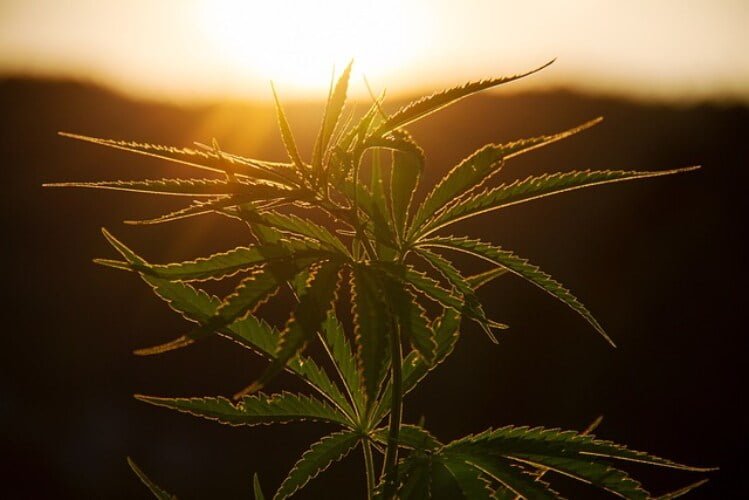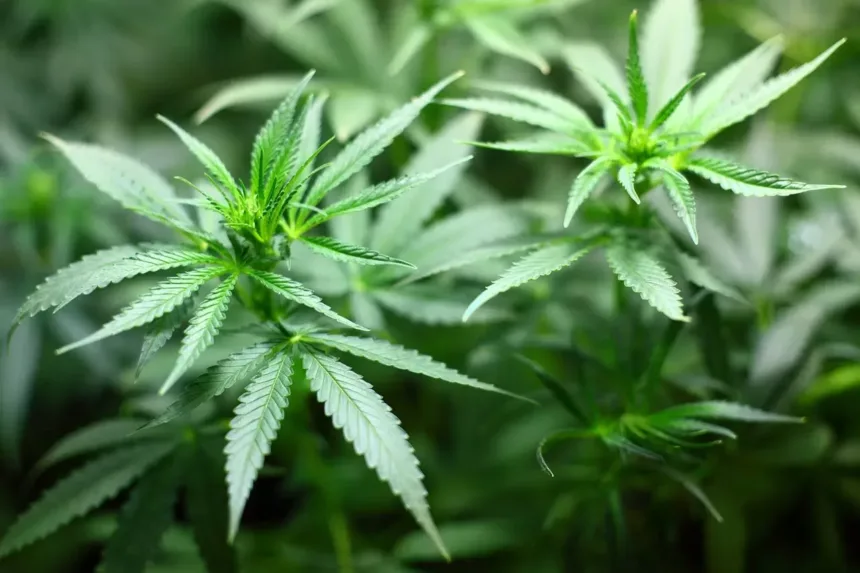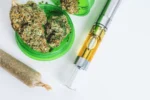Legalizing cannabis in many regions has sparked a growing interest in cultivating the plant for personal use. For enthusiasts and medical users alike, growing cannabis at home can be an exciting and rewarding experience. However, it is crucial to recognize that successful cultivation requires knowledge, patience, and attention to detail. Novice growers may inadvertently make mistakes that can lead to disappointing yields, poor-quality buds, or even legal consequences. This article explores common mistakes to avoid when growing cannabis, providing essential tips for a successful and enjoyable cultivation journey.
Lack of Research
One of the most significant mistakes aspiring cannabis growers make is jumping into cultivation without conducting sufficient research. Cannabis cultivation involves many intricacies, and each stage of the plant’s life cycle demands attention to specific factors. Neglecting to learn about proper seed selection, soil types, nutrient requirements, lighting schedules, how to dry marijuana, and pest management can lead to subpar results and wasted time and effort. Before starting your cannabis-growing journey, study reputable resources, books, articles, and online forums. Connecting with experienced growers and seeking advice can also help you gain valuable insights into successful cultivation practices.
Poor Genetics
Choosing the right cannabis genetics is crucial for successful growth. Genetics significantly impact the plant’s growth traits, cannabinoid profile, and overall potency. Some strains may be more suitable for indoor growing, while others thrive outdoors. Moreover, certain strains may require specific environmental conditions or exhibit varying resistance to pests and diseases. To avoid this mistake, purchase seeds or clones from reputable sources known for their quality genetics—research various strains and select ones that align with your growing environment and desired effects. High-quality genetics lay the foundation for healthy plants and abundant yields.
Overwatering and Underwatering
Proper watering is a fundamental aspect of cannabis cultivation, yet it’s a stumbling block for many beginners. Overwatering can suffocate the roots, leading to root rot and other issues, while underwatering can cause stress to the plants, reducing growth and yield. To avoid overwatering, allow the top few centimeters of the soil to dry before watering again and invest in a moisture meter to accurately gauge the soil’s moisture content. You should also ensure proper drainage to prevent water from pooling around the roots when watering.
Incorrect Nutrient Management
Nutrients are essential for cannabis growth, but providing the wrong nutrients or improper dosages can have adverse effects. Over-fertilization can lead to nutrient lockout, burning the plant’s roots, while under-fertilization can stunt growth and reduce yields. Using a balanced and specific cannabis-friendly nutrient regimen is essential. Follow the manufacturer’s guidelines and pay attention to any signs of nutrient deficiencies or excesses, such as discolored leaves or nutrient burn.
Ignoring pH Levels and Environmental Factors
The soil’s pH level or growing medium significantly influences nutrient availability to the plants. When the pH is too high or too low, cannabis plants may struggle to absorb essential nutrients, even if they are present in the soil. Regularly test the pH of your soil or a hydroponic solution and adjust it to the optimal range for cannabis growth, typically between 6.0 and 7.0 for soil-based cultivation and slightly lower, around 5.5 to 6.5, for hydroponics.
Cannabis is a resilient plant, but it is sensitive to environmental changes. Ignoring factors like temperature, humidity, and ventilation can hamper the growth and health of your plants. Keep your grow space well-ventilated to prevent the buildup of excess heat and moisture, which can create a breeding ground for mold and pests. Monitor temperature and humidity levels regularly, making adjustments as necessary to maintain an optimal environment for cannabis growth.
Inadequate Lighting
Proper lighting is essential for robust cannabis growth and healthy bud development. Insufficient light can lead to tall, spindly plants with lower yields, while excessive sunlight can cause light burn and stress. Invest in high-quality lighting equipment appropriate for your growing setup, whether it’s HID (High-Intensity Discharge), LED (Light Emitting Diode), or fluorescent lights. Ensure the light intensity, duration, and distance from the plants align with the specific growth stage.
Additionally, it’s essential to provide the appropriate light spectrum for each growth stage. During the vegetative phase, a higher ratio of blue light (400-500 nm) promotes healthy leafy growth, while during flowering, a shift to a higher proportion of red light (600-700 nm) encourages bud development. Furthermore, consider implementing light schedules that mimic natural sunlight. Maintaining a consistent 18 hours of light during the vegetative phase, followed by 12 hours of light and 12 hours of darkness during flowering, helps optimize cannabis growth and triggers the flowering process.
Insufficient Pest and Disease Management
Pests and diseases can quickly wreak havoc on cannabis plants, and ignoring these threats can lead to substantial crop losses. Implementing proactive pest management practices and being vigilant for signs of infestations or diseases is crucial. Introduce beneficial insects or use organic pest control methods to avoid harmful chemical exposure. Quarantine new plants to prevent introducing pests or diseases into an established growing area. Promptly address any issues you observe to minimize the impact on your cannabis garden.
Harvesting Too Early or Too Late
Harvesting cannabis at the right time is critical for achieving the desired potency and flavor. Harvesting too early can result in immature buds with lower cannabinoid levels while harvesting too late can lead to a decline in potency and an increase in a sedative effect. Observe the trichomes (small, crystal-like structures on the buds) using a magnifying tool to determine the ideal harvest time. Harvest when the trichomes are cloudy with some amber hues for a balanced effect. Avoid waiting until they turn mostly amber, as this signifies overripeness.
Disregarding Legal Restrictions
Lastly, it’s essential to recognize and adhere to the legal regulations surrounding cannabis cultivation in your area. Even in regions where cannabis cultivation is permitted for personal use, there may be restrictions on the number of plants or specific cultivation practices. Before starting, thoroughly research local laws and regulations to avoid potential legal consequences. Engaging in responsible and compliant cultivation ensures a positive experience and contributes to the broader acceptance of cannabis cultivation.

Growing your cannabis can be a gratifying and enlightening experience. Avoiding common mistakes is vital to achieving a successful and bountiful harvest. Through thorough research, careful attention to detail, and proactive planning, you can cultivate healthy, potent cannabis plants while respecting legal guidelines. Remember, mistakes are part of the learning process, so never be afraid to learn from them and continually improve your cultivation skills. Happy growing!














